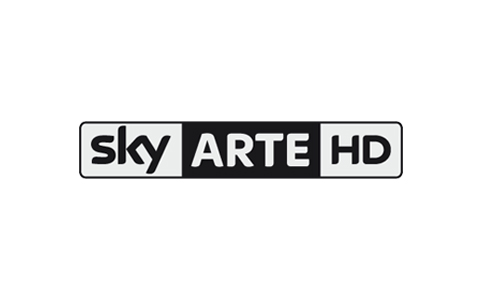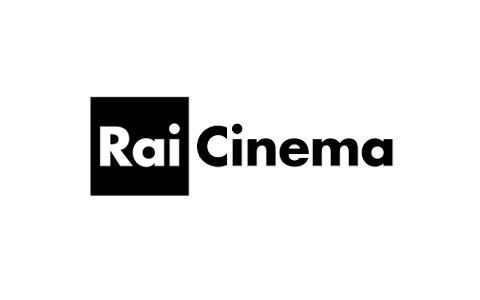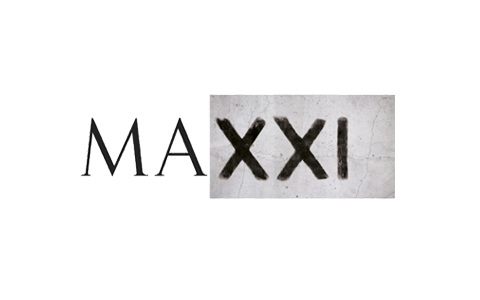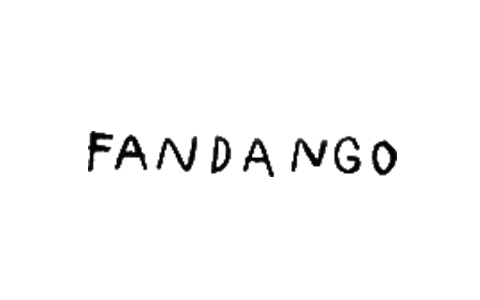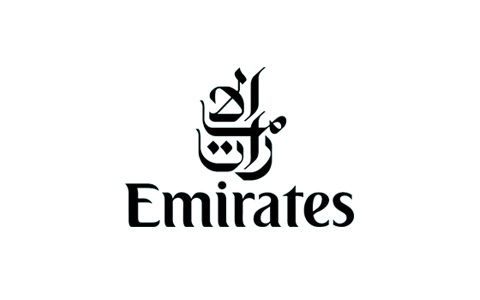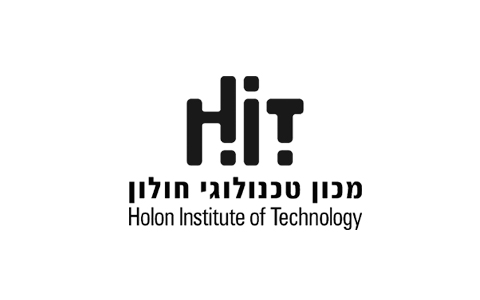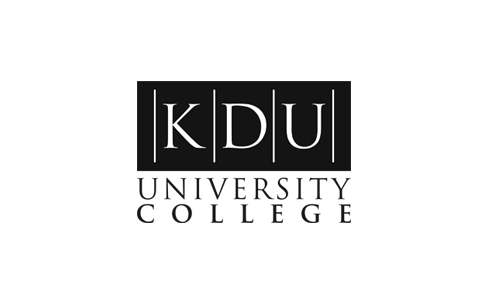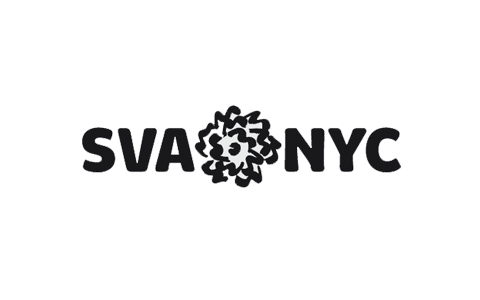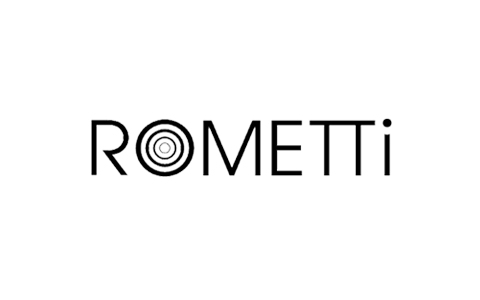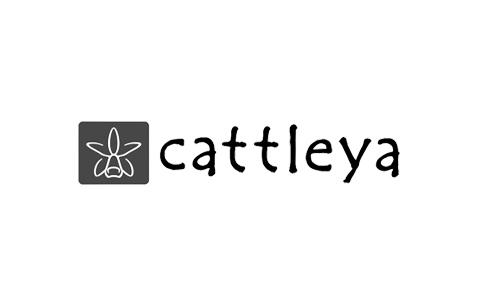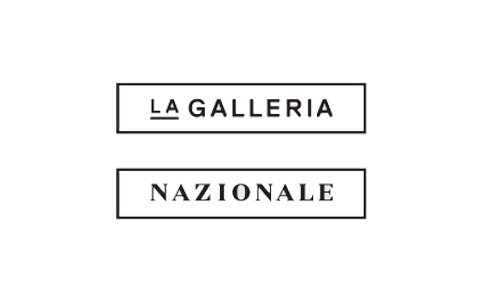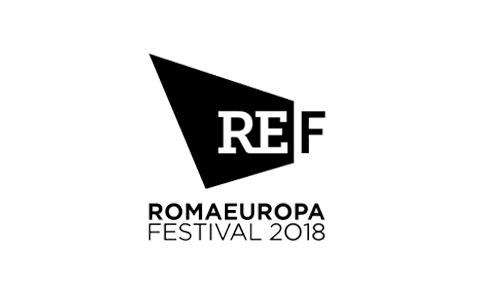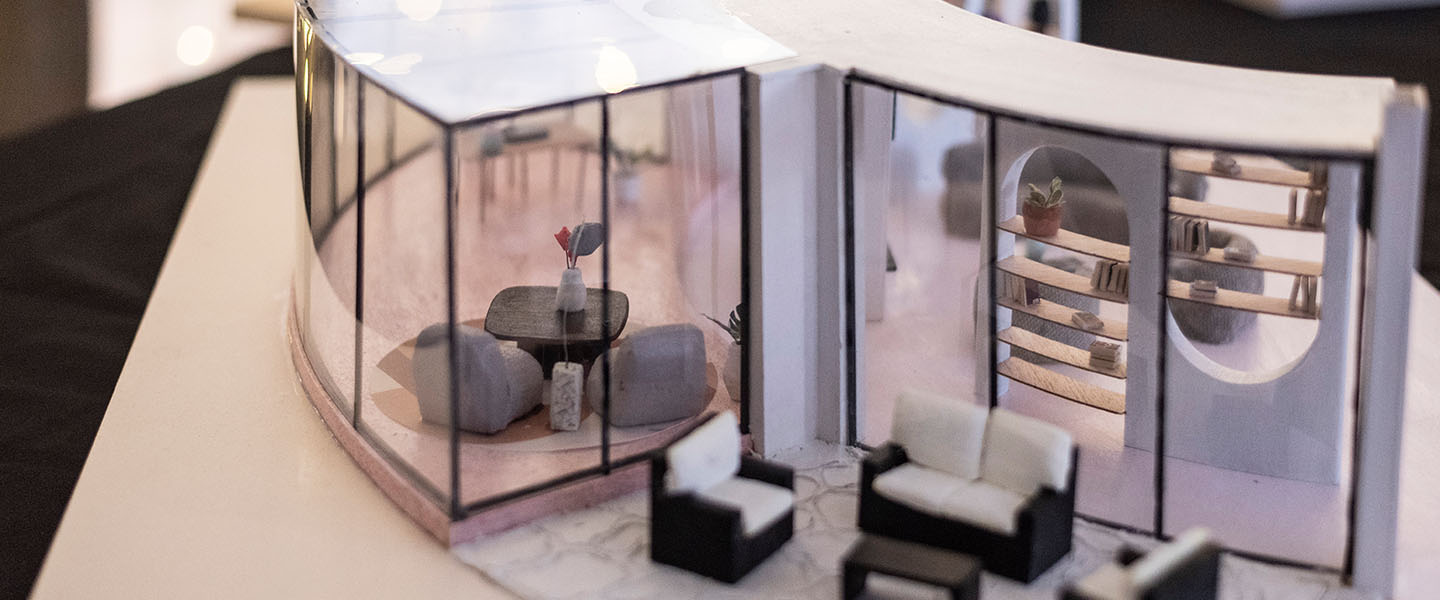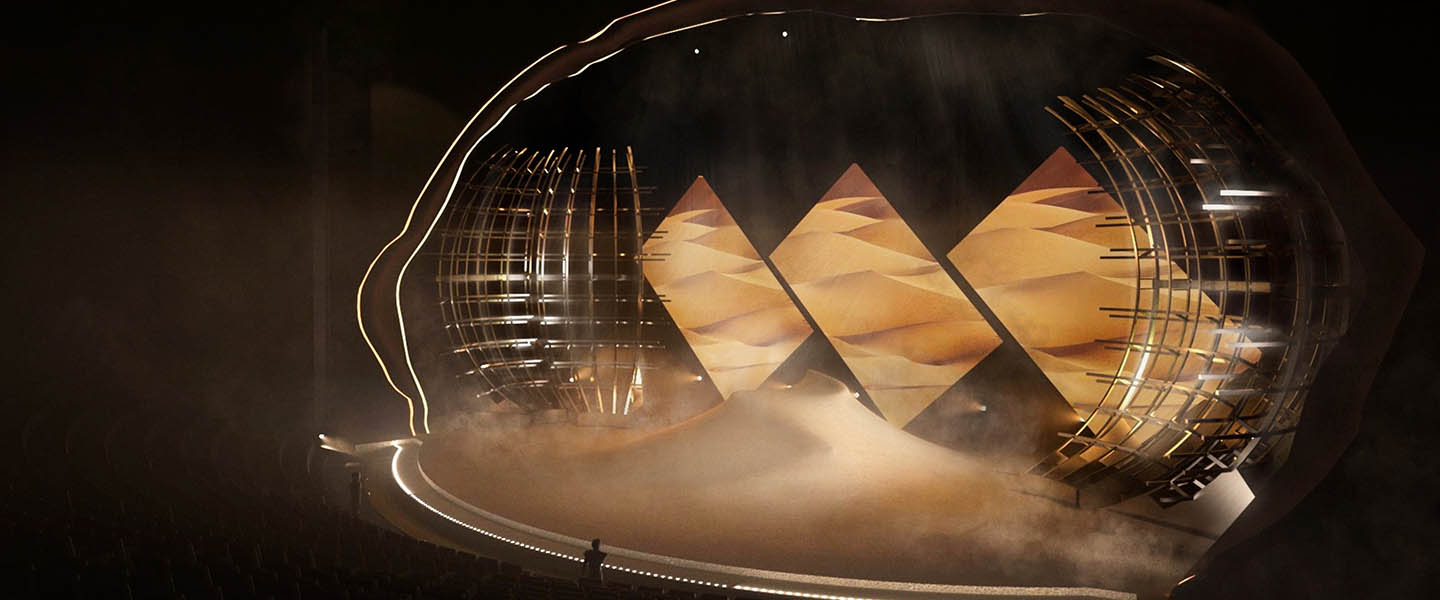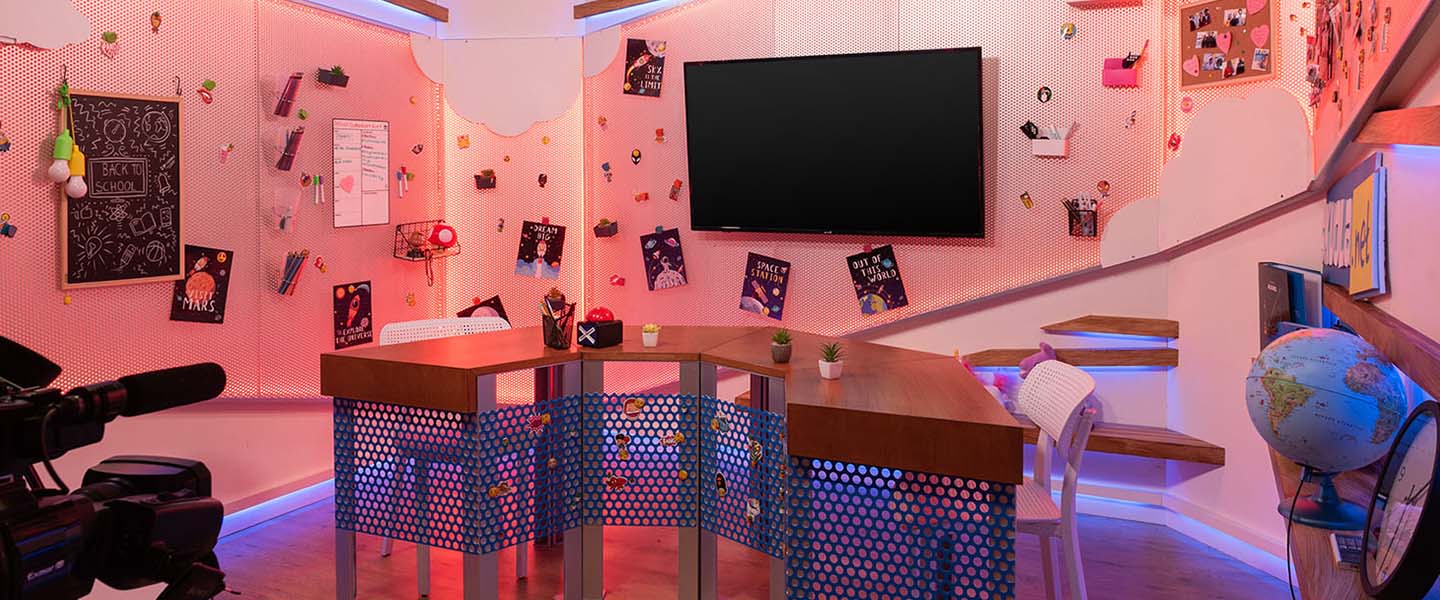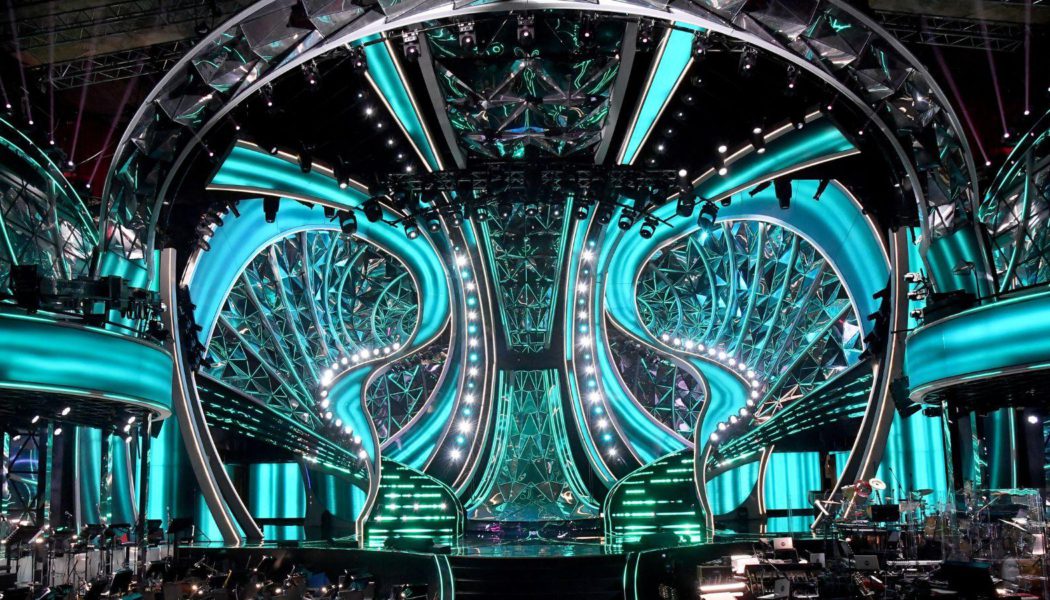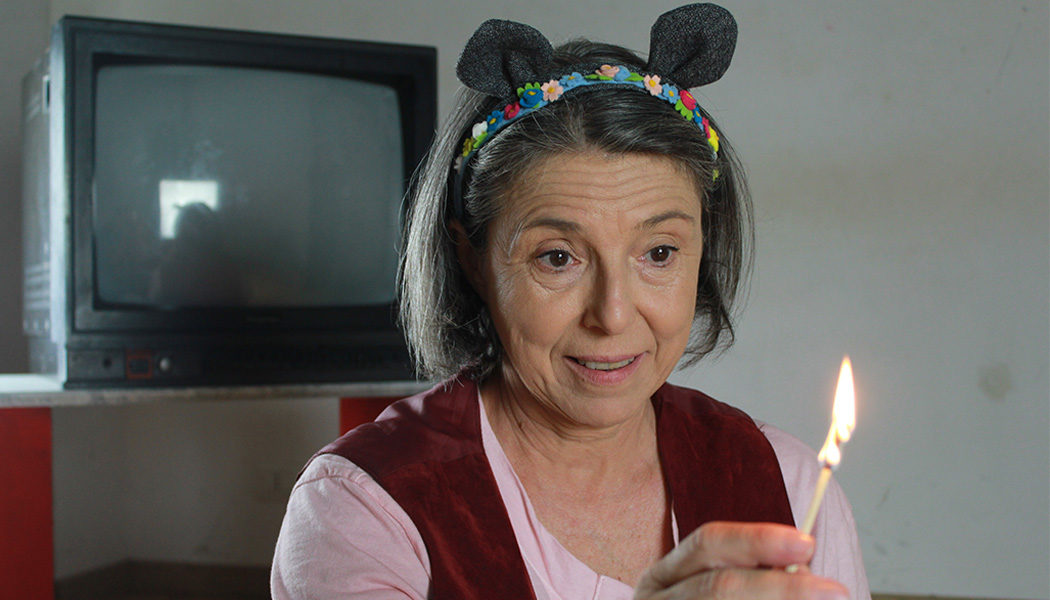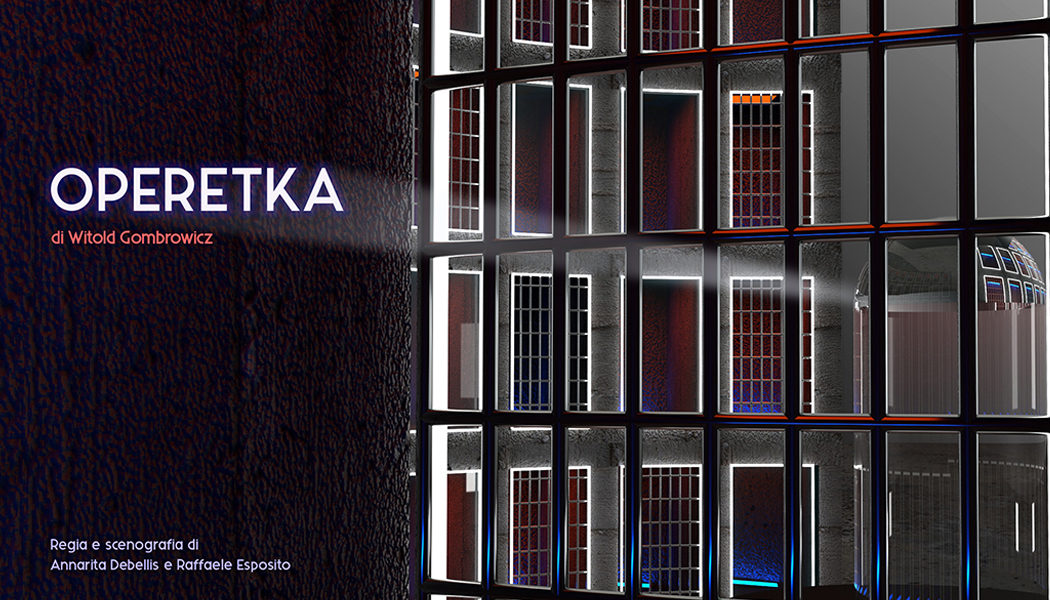TAUGHT IN ITALIAN ❯
Talent is on stage.
You will learn to design, develop and merge the scene and the costume, the place and the world, the moment and the semblance. You will develop the magical artistry that makes every performance possible by skillfully blending architecture, history and visual arts.
Qualification:
First Level Academic Diploma, equivalent to a Bachelor’s degree
Duration:
3 years, full time
Language:
Italian
Credits:
180 ECT
Location of attendance:
Rome
Requirements:
Italian students
High school diploma
International students
Valid High School Diploma for the Italian Higher Education System
B2 Certificate of the language in which the course is held
Upon admission non UE students are subject to fulfill the procedure for obtaining the student VISA
Field:
Set Design, Architecture, Set construction
Main subjects:
Set design, Set construction, Features of architecture and urban design, Digital modelling techniques, Costumes for performing arts.
Future careers:
Scenographer for theatre, film and television, Scenographer and set designer for virtual spaces, Exhibition, event and public show design, event organisation and collaboration with architectural firms.
The scene and the costume, the place and the world, the moment and the semblance. It is through these space-time hinges that the sense of perception and beauty is developed, which allows us to design, create stories and emotions. Set design is the magical art that makes every representation possible and knows how to skilfully mix architecture, history, painting, sculpture and decoration. A profession without equal. Through these spatio-temporal hinges one develops a sense of perception and beauty, which allows one to design, create stories, trace emotions. Using his or her empirical and theoretical training in lighting, materials, architectural fundamentals, photography and the history of the performing arts, the RUFA-qualified set designer enters the job market as a polyvalent professional figure. Their knowledge ranges from making to designing, and it flows into the world of entertainment (theatre, cinema, television, dance, photographic sets). However, there are many other areas where the set designer becomes the real artistic director: he or she designs costumes, sets and lighting for events, fashion shows, exhibitions, outdoor installations. With their plastic and aesthetic taste, the scenographer lays the foundations for the dynamic design of any scenic event.
The Academic Bachelor of Arts is equivalent to a University Bachelor’s Degree.
*The course is available only in Italian. All classes require compulsory attendance at the RUFA premises in Rome.
Tutor: Alessandro Vergoz
Lecturers: Christian Angeli, Alessandro Carpentieri, Vincenzo Caruso, Stefania Conti, Rosa Cuppone, Genny Di Bert, Antonin Di Santantonio, Francesco Filosa, Lucia Furfaro, Alessandro Gori, Jurgen Janku, Massimiliano Maggi, Francesco Polizzi, Christian Rizzo, Genny Di Bert, Alessandro Vergoz, Caterina Tomeo, Gianluca Del Gobbo.
BROCHURE DOWNLOADPROGRAMME REGULATIONS
ASK MORE INFO ABOUT THE COURSE
LISTEN TO THE WORDS OF FRANCESCO FILOSA – GRADUATE IN SET DESIGN
LOOK AT SET DESIGN STUDENTS’ PROJECTS
BACHELOR OF ARTS PROGRAMME IN SET DESIGN
Suggested study plan – Mandatory attendance at RUFA locations in Rome.
| YEAR | SUBJECT | ECTS | HOURS |
|---|---|---|---|
| I YEAR |
Technical drawing and project design
Knowledge of common graphic elements and tools for technical drawing: graphic constructions, metric scales, basic elements of orthogonal projections, axonometric projections and techniques for architectural metric survey. Representation of an architecture or parts of it with furnishing elements and details in the most appropriate scales.
| 6 | 75 |
|
Basics of computer design
AutoCad: the basic controls and principles. The hatches, backgrounds and covering entities, text, dimensions, creation and use of the dimension blocks of a drawing, modification of existing objects, raster images, insertion of squares and scale ratios. Development of an assigned theme with representation of plans, sections, elevations and details.
| 6 | 75 | |
|
History of costume
The historical evolution of clothing: the analysis of costume as a form of language, individual and collective, of communication within society and the changes linked to forms and techniques of creation over the centuries.
| 6 | 45 | |
|
History of the performing arts 1
The history of the scenic space from the Greek Theatre to the Elizabethan Theatre and the analysis of the theatrical text with particular attention to the relationship between the protagonist and the space, intended as a physical expression of its deepest emotional and psychological nature. Development of a personal vision through the drawing of stage sketches.
| 6 | 45 | |
|
Set design 1
Development of skills in the use of expressive technological tools, both traditional and contemporary, which concern the use and management of space and the principles of representation. Acquisition of technical knowledge on the use of materials for the realization of cinematographic and/or theatrical scenic projects. Design tables and sketches will be the tools that will lead to the realization of the executive project.
| 12 | 150 | |
|
Set construction 1
The knowledge of the theatrical structure, up to the development of cinema and TV spaces, combined with the acquisition of a graphic design path adapted to the market demands. The realisation of a stage set for the theatre, the film set, TV assisted by inspections in construction sites, television studios and theatres, and planimetric surveys.
| 8 | 100 | |
|
Features of architecture and urban design
Study of the construction, analysis and understanding of all the elements that make up the building with particular attention to the evolution read in a historical key, as well as its location in the territory. Assignment of a technological-design theme to put into practice the theoretical arguments learned.
| 6 | 75 | |
|
Digital modeling techniques 1
The acquisition of two-dimensional drawing and three-dimensional modeling techniques in 3D Studio Max environment, file management and document exchange between 3DStudio Max and other programs such as Rhinoceros and Autocad. The analysis of V-ray characteristics and the study of lights and materials. The realization of an elaboration in which to apply all the acquired knowledge.
| 6 | 75 | |
|
Computer technologies
Acquisition of basic knowledge about the use of Adobe Photoshop, for photo editing, Adobe Illustrator, for graphic design, in order to improve your images and use the photographic language in its essence.
| 4 | 50 | |
| II YEAR |
History of modern art
The history of European art from the end of the fifteenth century to the early twentieth century: a basic preparation on the fundamental artistic styles and languages of the period treated for a continuous comparison of works through the different eras.
| 6 | 45 |
|
History of performing arts
The history of theatre from the 18th century to the present day with a particular attention to the analysis of the social, political and cultural context that has allowed the birth of directing theatre. Analysis of theatrical texts, viewing of shows and films.
| 6 | 45 | |
|
Set design 2
Creative research methodology concerning the assigned text or event, corresponding to an increased ability in the use of technological apparatus, sceno-luminous systems, motorised structures and the application of appropriate materials.
| 12 | 150 | |
|
Set construction 2
Creation of scenographic projects, including all the technical-constructive tables and sketches and/or renderings, which during the Academic Year will give rise to theoretical in-depth studies that will also lead to the design of any changes of scene and complex motorizations.
| 6 | 75 | |
|
Costumes for performing arts
Acquisition and refinement of skills, both design and technical, related to the conception of the costume and its realization: the theoretical and aesthetic equipment that allows those who design costumes to interpret the contemporary.
| 8 | 100 | |
|
Architectural model-making
The design methodology of the model, in its various scalar dimensions, in relation to the materials, construction techniques, effects and the communicative and expressive level of the model to be produced in relation to its intended use. Final realization of various types of model: scenographic, architectural, volumetric, descriptive.
| 6 | 75 | |
|
Computer graphics
Consolidation of knowledge about Adobe Photoshop and Adobe Illustrator and acquisition of advanced techniques such as colour correction and RAW file development, creation of a personal logo. Adobe InDesign and layout.
| 6 | 75 | |
|
Digital modeling techniques 2
Digital modeling in Rhinoceros environment and the basics of rendering in V-Ray environment. The explanation of the program tools contextualising their use in 2D two-dimensional drawing, 3D modelling and photo-realistic rendering.
| 6 | 75 | |
|
English
Development of expressive and spoken skills through the study of the main grammatical structures. Practical comprehension exercises through reading texts and watching films and videos.
| 4 | 30 | |
| III YEAR |
Photography
Photography as an instrument of representation, communication and research. The critical analysis of the exercises carried out accompanies the development of knowledge and awareness of the medium, introducing historical and theoretical elements.
| 8 | 100 |
|
History of contemporary art
The art of the twentieth century and the beginning of the thirteenth century: from the romantic revolutions to the historical avant-garde towards the following changes, with particular attention to the social sphere and taking into account socio-political developments.
| 6 | 45 | |
|
Set design 3
The choice of a theatrical text, a cinematographic work or a television show, its reading in a scenographic key, the historical-cultural analysis of the author, of the period of setting and the research of styles through the study of the history of art. Creation of sketches and scene changes to be inserted in a given theatre, television or cinema space and relative restitution in plan with design of executive drawings including details.
| 12 | 150 | |
|
Lighting systems
Theoretical and practical knowledge about light and the use of luminaires normally used in the world of film, television and theatre production, their control and positioning devices, as well as the lighting schemes adopted in this field, with particular attention to continuous updating towards the products and techniques that the industry supplies.
| 6 | 75 | |
|
Virtual architecture
Expansion of skills related to rendering and post production. The analysis of animation in an architectural environment, of the techniques used to define the work process leading from the concept of an Archviz film to the final editing.
| 6 | 75 | |
| Further language and interpersonal skills, internships, etc. | 4 | / | |
| Elective educational activities | 10 | / | |
| Thesis | 8 | / | |
| Total Credits | 180 |
CREDITS
Foto slider: Antonio Vulpiani, Federica Pochini, Martina Arcieri, Collettivo.
Partner
